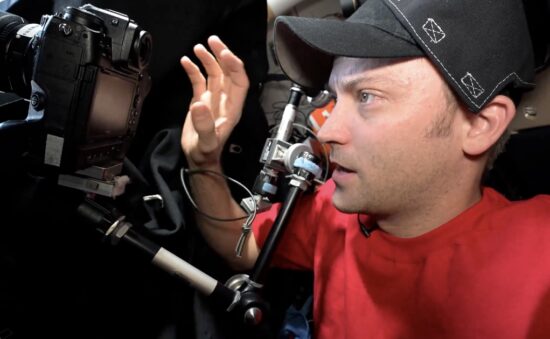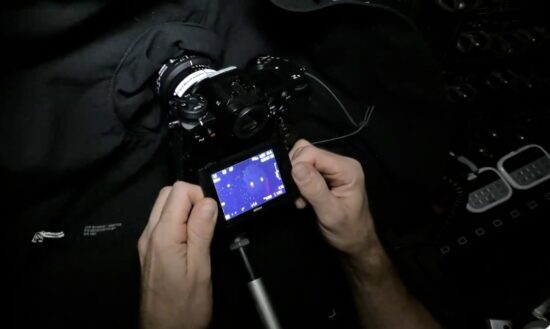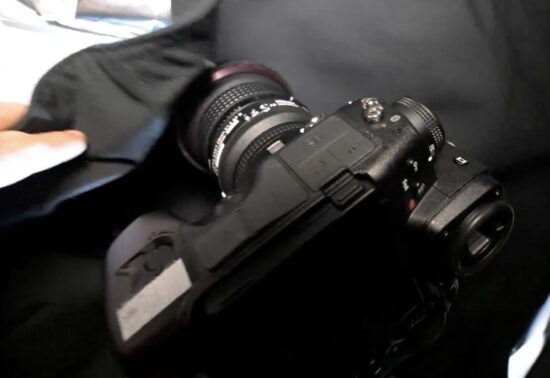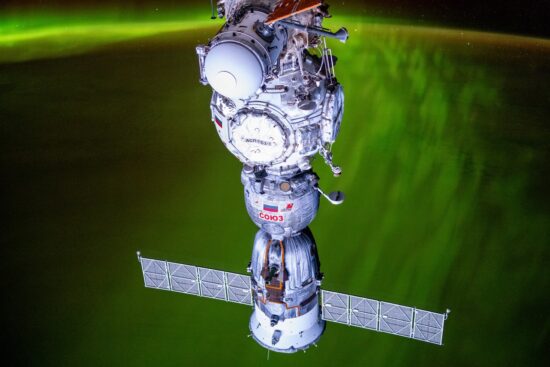


NASA astronaut and U.S. Navy Commander Matthew Dominick captured amazing images of the Aurora illuminating the Soyuz spacecraft from the ISS with a Nikon Z9 camera:

He also took this picture with the Milky Way in the background:

Watch the detailed video describing the setup and how the astronaut took the shot:
A quick behind the scenes look at how we setup portraits of ourselves peering out of a Dragon window into the stars from Starliner’s cockpit window. pic.twitter.com/3Kek11PTFv
— Matthew Dominick (@dominickmatthew) July 23, 2024
Recent solar activity pushed the aurora closer to us. The Soyuz hangs from the station in a stream of aurora.
Soyuz is illuminated in a light blue from a sun behind the camera and in front of the space station that is just about to rise.
1/4s, f1.4, 50mm, ISO 6400 pic.twitter.com/fjQcI5nVy5
— Matthew Dominick (@dominickmatthew) August 2, 2024
Experimenting with time lapses out of different windows around the ISS. This is one of a few windows that face away from earth in a compartment in the service module called the ПхО. ISO is cranked high and the exposure is a possibly too long (1.6s) as you can see the stars… pic.twitter.com/MJB3hDdIH8
— Matthew Dominick (@dominickmatthew) August 4, 2024
Looking aft from the cupola towards Soyuz over Southeast Asia at night. A sun about to rise from behind the camera (forward of space station) provides the light blue light to illuminate Soyuz.
1/4s, 6400 ISO, 28mm, f1.4, de-noised, dark frame subtracted pic.twitter.com/qaEYqjxsuq
— Matthew Dominick (@dominickmatthew) July 19, 2024
We enjoy taking pictures from the cupola. If the weather is good and the location is popular, the Cupola gets packed. Loral is shooting Cape Cad and I cannot remember what Mike was shooting (likely a wide shot of ISS structure and earth as a background).
8mm, ISO 400, 1/125s pic.twitter.com/ZrEuzuKtai
— Matthew Dominick (@dominickmatthew) July 14, 2024
Nikon Z9 goes to space: new Nikon cameras and Nikkor lenses aboard the space station
The Nikon Z9 is going to the moon with the upcoming Artemis III mission






